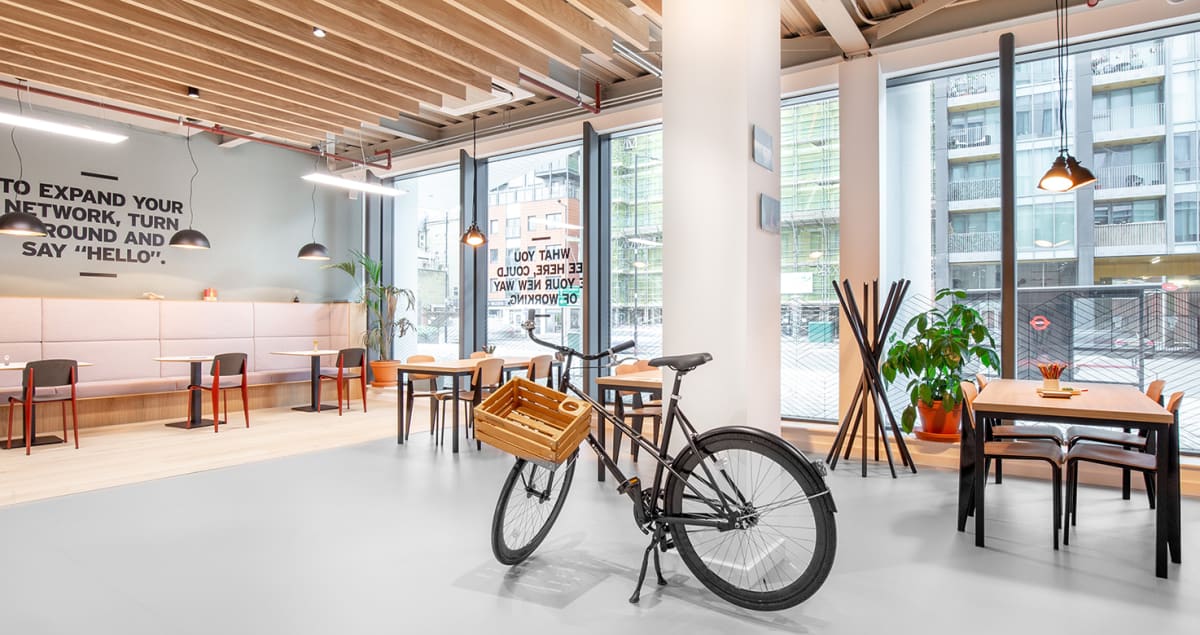Hybrid working is set to bring new life and prosperity to formerly sleepy dormitory towns.
Thanks to the growth of hybrid working, people are no longer obliged to attend a central office on a daily basis, which means they are now able to move out of cities to areas that offer more affordable housing and a better quality of life – or else they can choose to work close to their existing home in the suburbs. And this means the suburban landscape is changing, as once dormant towns and villages transform into vibrant places to live and work.
Companies are benefiting from this shift by investing in local coworking spaces that are more convenient for their employees and less costly than expansive HQs at premium city addresses. In Britain, IWG has seen the highest increase in demand for its flexible workspaces in suburban areas such as Bromsgrove (+153%), Andover (+86%) and Havant (+79%), and it's only set to get stronger. “People want to work close to where they live, so this is a trend that’s going to stick,” says Mark Dixon, Founder and CEO of IWG.
As the traditional exodus of people (especially young people) from towns and villages to the city to find work begins to move in the opposite direction, the result will be an unparalleled wave of suburban revitalisation. “With hundreds more rural and suburban flexible working locations set to open in the coming years, we expect a wide range of vibrant local communities to develop with thriving businesses at their heart,” says Dixon.
According to a recent economic impact study by IWG and Arup, rural and suburban areas in the UK could receive an injection of £327m a year in spending thanks to the roll-out of flexible office and coworking spaces for hybrid workers. It also estimated that more than 4,000 new jobs could be created for people to run them.
The rise of model villages
But there’s more than just an economic benefit to be gained from this new trend – there are also sustainability gains in terms of wellbeing, productivity and the environment. Enabling people to work close to where they live in the suburbs paves the way for the development of so-called ‘model villages’, where all local amenities, such as shops, schools, restaurants and workspaces, can be reached within 15 minutes on foot or by bicycle. The concept was first pioneered by French academic Carlos Moreno, who observed that, “We know it is better for people to work near to where they live, and if they can go shopping nearby and have the leisure and services they need around them, it allows them to have a more tranquil existence.”
“Work/life balance will improve, making people more productive and healthier,” says Dixon. “And with travel reduced, carbon emissions will fall. Meanwhile, investment will flood in for new infrastructure and facilities. This will be one of the most dramatic and long-lasting legacies of the pandemic.”
Suburban revitalisation is one of ten trends identified in IWG’s white paper, The Future of Work: a trends forecast for 2022. You can download it here.






